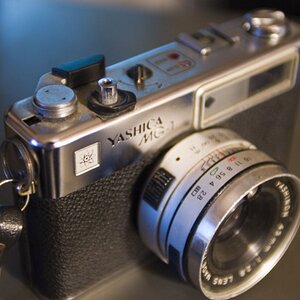TanyaAReeves
TPF Noob!
- Joined
- Jul 3, 2014
- Messages
- 1
- Reaction score
- 0
- Location
- USA
- Can others edit my Photos
- Photos NOT OK to edit
Hi, just joined the forum after finding it in a Google search. I read a previous thread where the OP asked about tips/equipment for shooting sports action in low light situations. I found some good information, but wanted to ask a few questions that fit my situation.
I am a self-taught photographer and far from a pro. I shoot sports for a string of weekly newspapers. I get a lot of compliments and have actually won a couple of press association awards, but I'll be honest - I spend a lot of time doctoring photos to get results and have much (most) of my success with daytime shots and good light. I shoot mainly high school sports and do a fair amount at smaller schools/communities with pretty poor lighting.
A few questions -
1) I currently have a Canon 50D and a Tamron 7-200 1:2.8 (IF) lens. I shoot in various modes, sometimes using P or Av, other times completely Manual. I generally shoot in Autofocus. Does this equipment sound like something I can get reasonable results with?
2) I have been shooting low light football and baseball and indoor volleyball and basketball at ISO 3200 (and even sometimes going to H1) and then running photos through NeatImage. I usually have to manipulate the photos some - I am not thoroughly versed in Photoshop, although I use it at the office. I have been using Photoscape quite a bit. Any ideas on what I could do differently for better results?
3) I read in the other thread suggestions for using an 85 1.2 lens? Is this compatible with the 50D and would that work for the situations I described above?
I guess, in summary, I'm looking for any tips/ideas anyone would have, both for the equipment I'm currently using, software that might help, and also ideas on other equipment (without getting into exorbitant price ranges).
Thanks!

I am a self-taught photographer and far from a pro. I shoot sports for a string of weekly newspapers. I get a lot of compliments and have actually won a couple of press association awards, but I'll be honest - I spend a lot of time doctoring photos to get results and have much (most) of my success with daytime shots and good light. I shoot mainly high school sports and do a fair amount at smaller schools/communities with pretty poor lighting.
A few questions -
1) I currently have a Canon 50D and a Tamron 7-200 1:2.8 (IF) lens. I shoot in various modes, sometimes using P or Av, other times completely Manual. I generally shoot in Autofocus. Does this equipment sound like something I can get reasonable results with?
2) I have been shooting low light football and baseball and indoor volleyball and basketball at ISO 3200 (and even sometimes going to H1) and then running photos through NeatImage. I usually have to manipulate the photos some - I am not thoroughly versed in Photoshop, although I use it at the office. I have been using Photoscape quite a bit. Any ideas on what I could do differently for better results?
3) I read in the other thread suggestions for using an 85 1.2 lens? Is this compatible with the 50D and would that work for the situations I described above?
I guess, in summary, I'm looking for any tips/ideas anyone would have, both for the equipment I'm currently using, software that might help, and also ideas on other equipment (without getting into exorbitant price ranges).
Thanks!



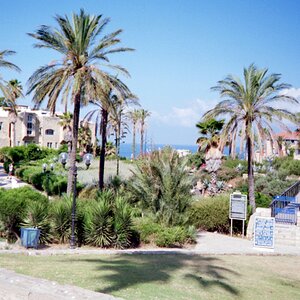
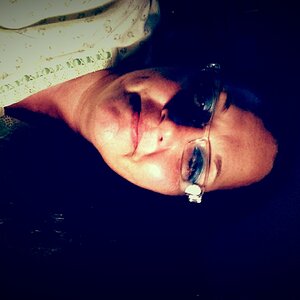
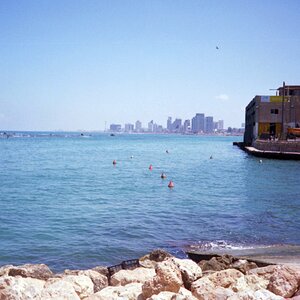
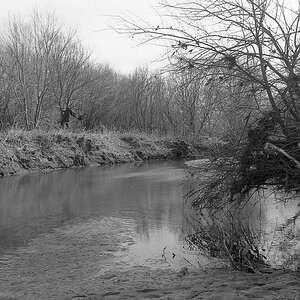

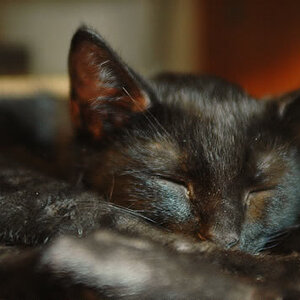
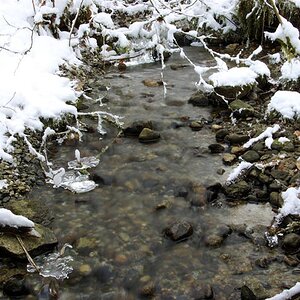
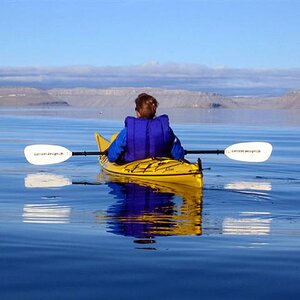
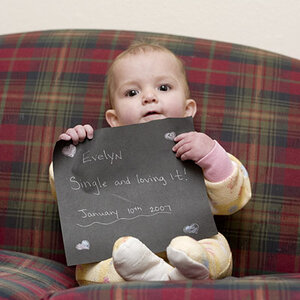
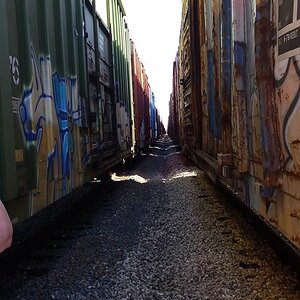
![[No title]](/data/xfmg/thumbnail/32/32165-6bb394c486dda7ec16d8fee786f03151.jpg?1619735234)
